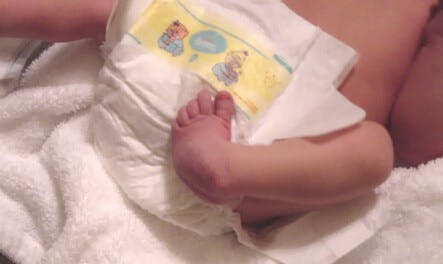Clubfoot: A-to-Z Guide from Diagnosis to Treatment to Prevention

Introduction:
What do Olympic gold medalist figure skater Kristi Yamaguchi, Super Bowl Champion All-Pro quarterback Troy Aikman, actor-writer-musician-composer Dudley Moore, Hall of Fame sports announcer Pat Sumerall, romantic poet Lord Byron, comedian-actor-writer-director Damon Wayans, British King Richard III, Heisman trophy winner Charles Woodson, and Olympic gold medalist pioneering women’s soccer star Mia Hamm all have in common?
You’ve already guessed. They were all born with clubfeet!
What is clubfoot?
Clubfoot is a deformity of the foot and lower calf. The bones, joints, muscles, and blood vessels of the limb are abnormal.
Who gets it?
Anyone can be born with clubfoot. It can run in families and is slightly more common in boys. Most children born with clubfoot have no other congenital problems, but sometimes clubfoot occurs in association with other abnormalities or syndromes.
What are the symptoms?
Although the name “clubfoot” sounds like a brutish Dickensian deformity, the actual appearance is that of a normal foot turned down and inwards. Without treatment, the child would walk on the outer edge of the foot. It is stiff and cannot be brought into normal position.
Is it contagious?
No
How long does it last?
It does not improve with time. It lasts until treated.
How is it diagnosed?
The diagnosis is made by physical examination. X-rays are used to further evaluate clubfoot.
How is it treated?
Clubfoot is treated by an orthopedic surgeon. Taping, splints, and casts are often used. The foot is gently stretched closer to the correct position and then placed in a cast to hold it there. This procedure is repeated multiple times to bring the foot into the best position possible.
Surgical correction may be needed.
Treatment may take months or years.
How can it be prevented?
Prevention of clubfoot is usually not possible.


